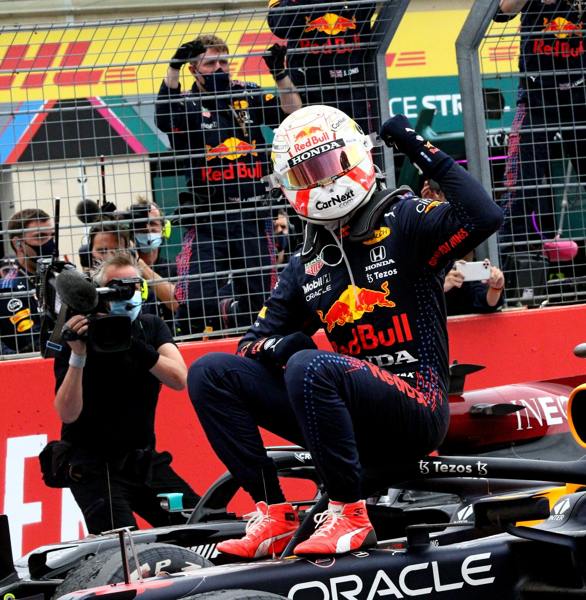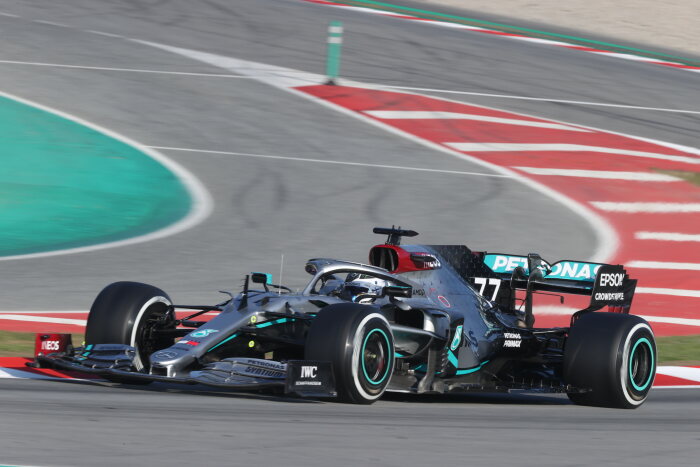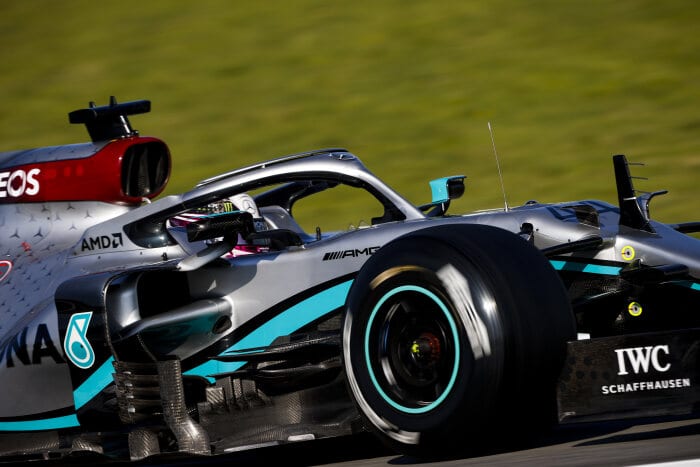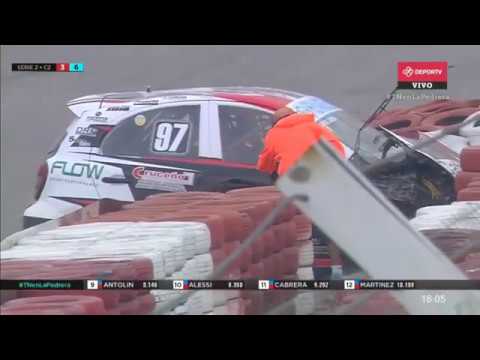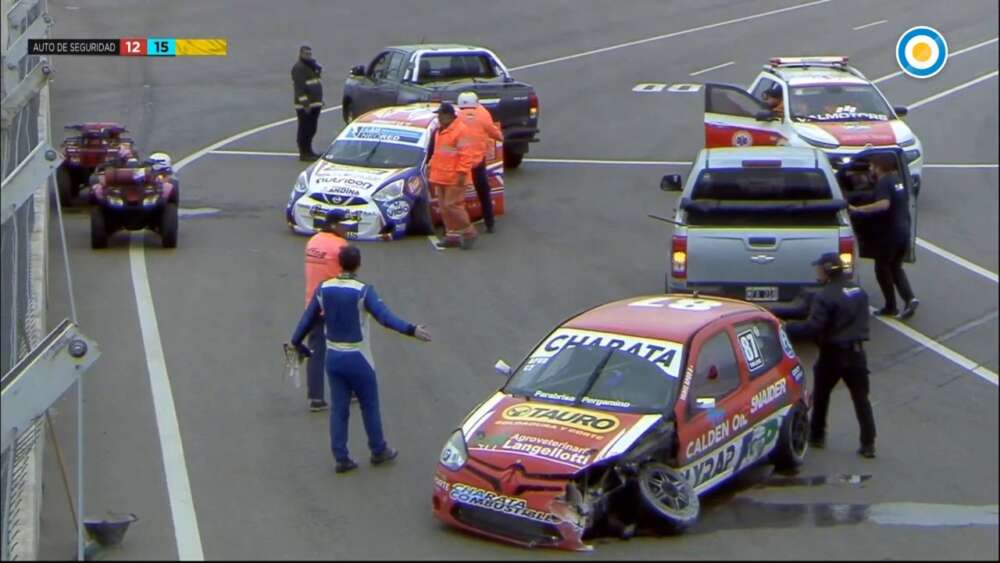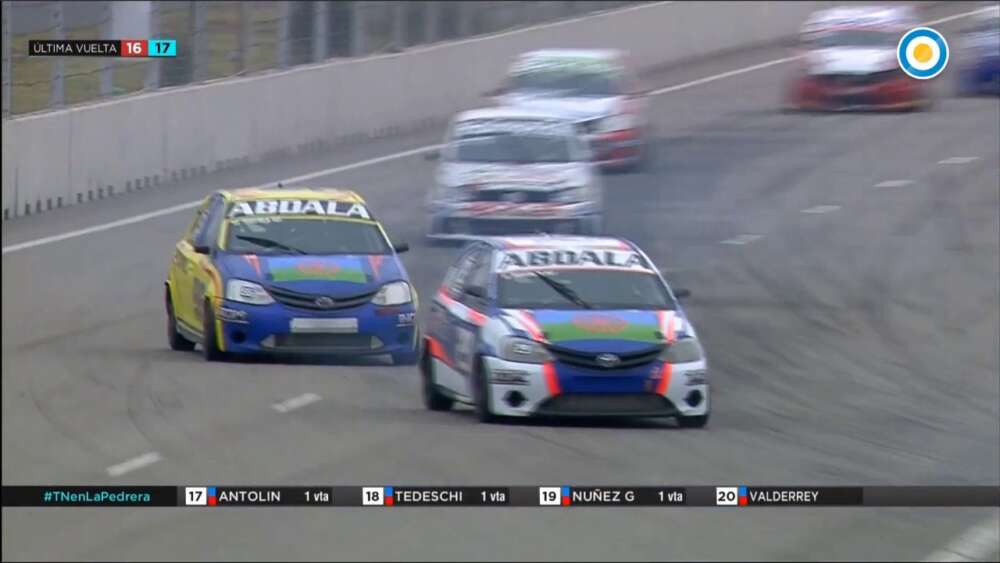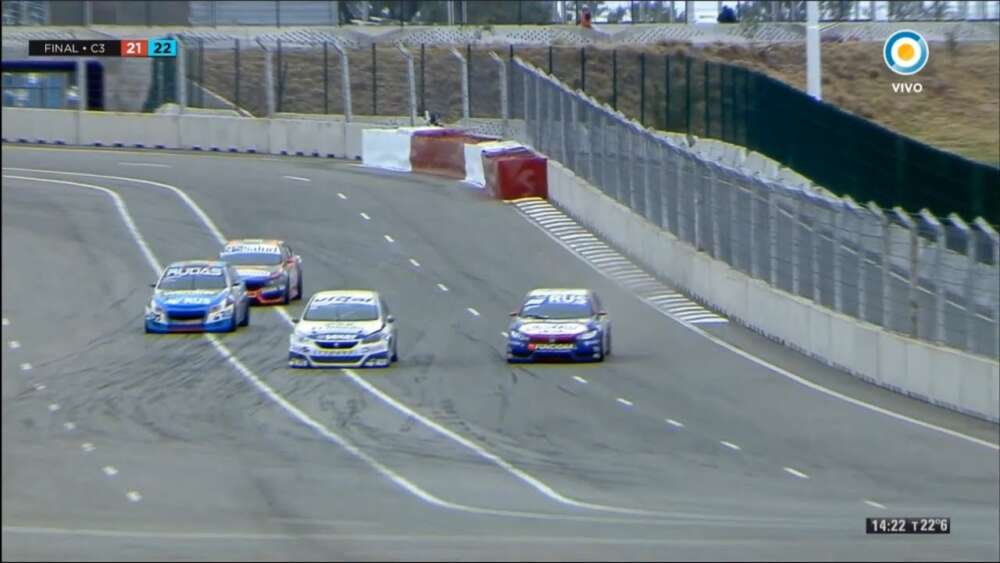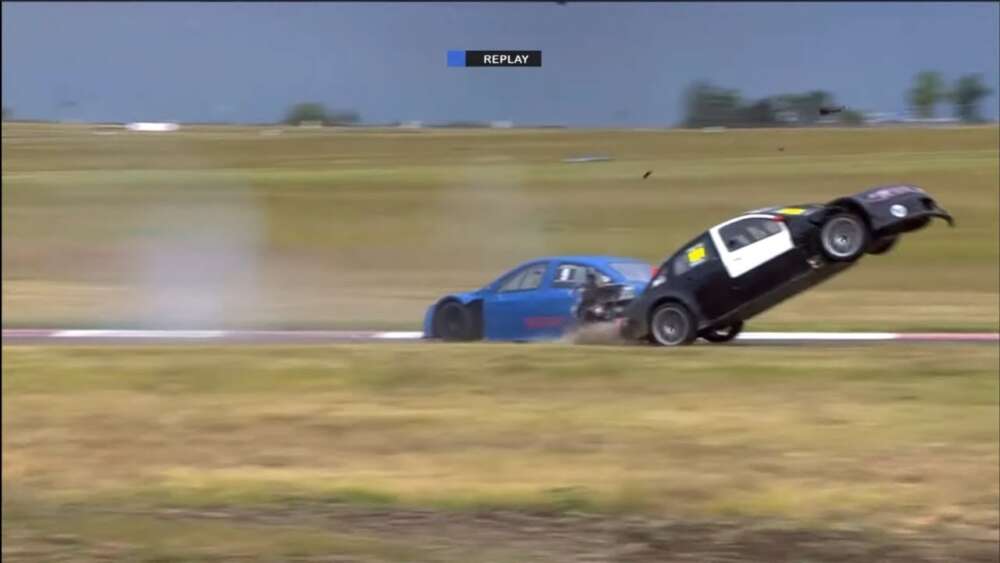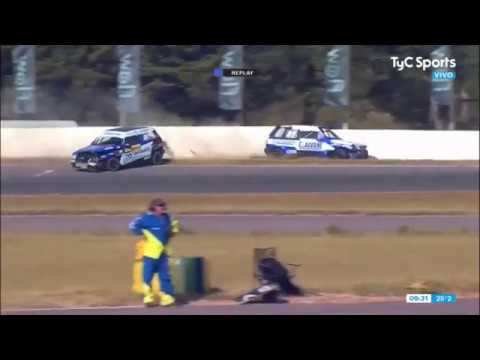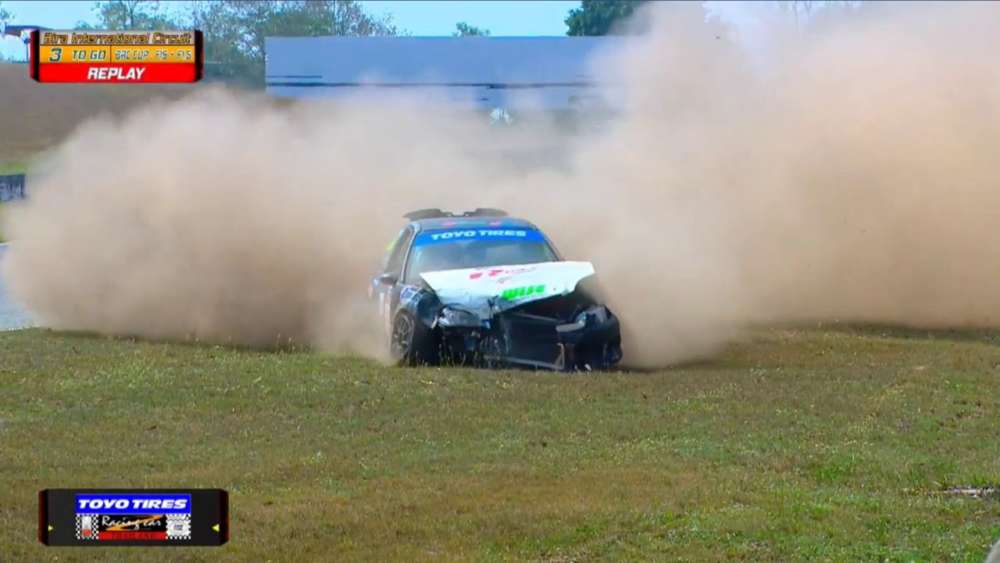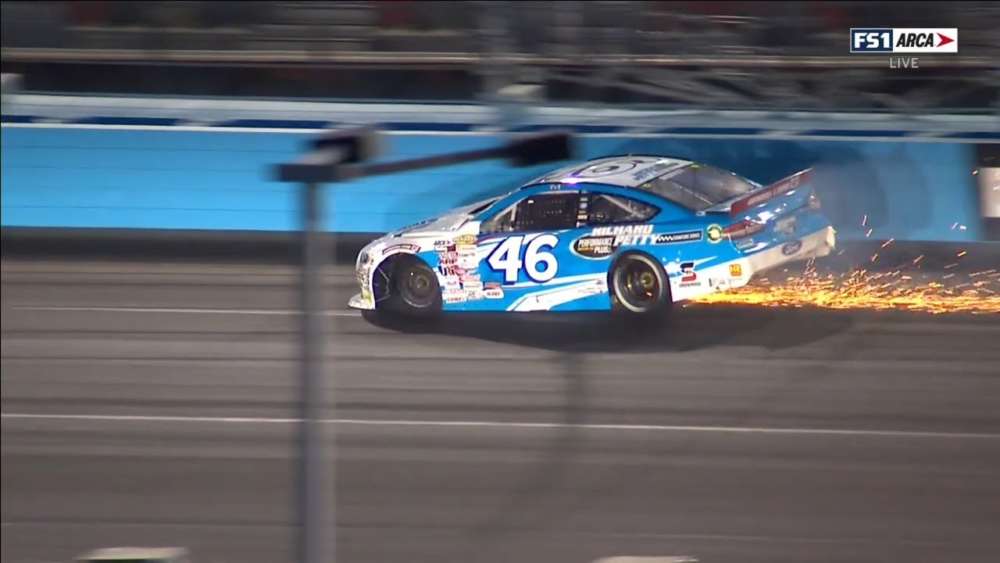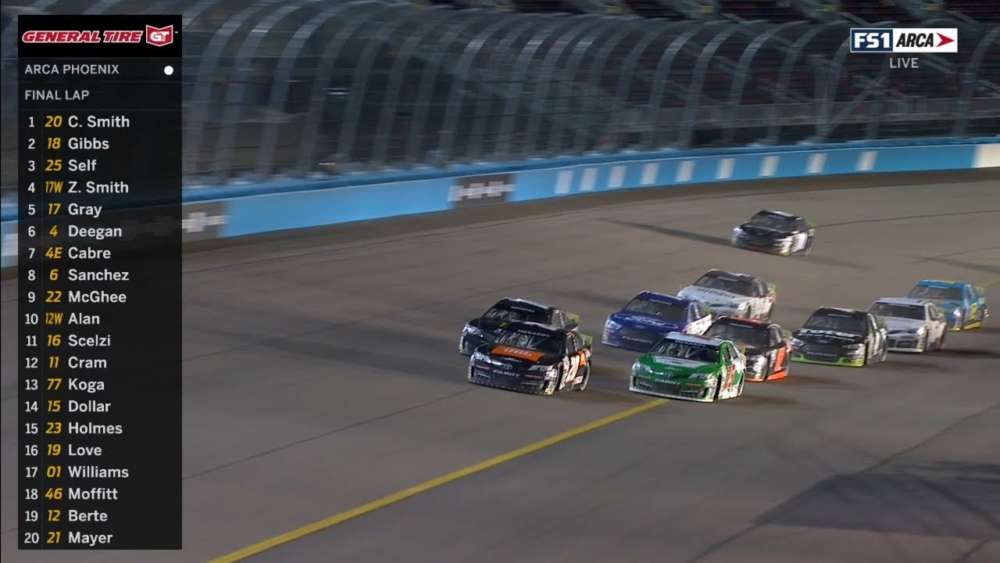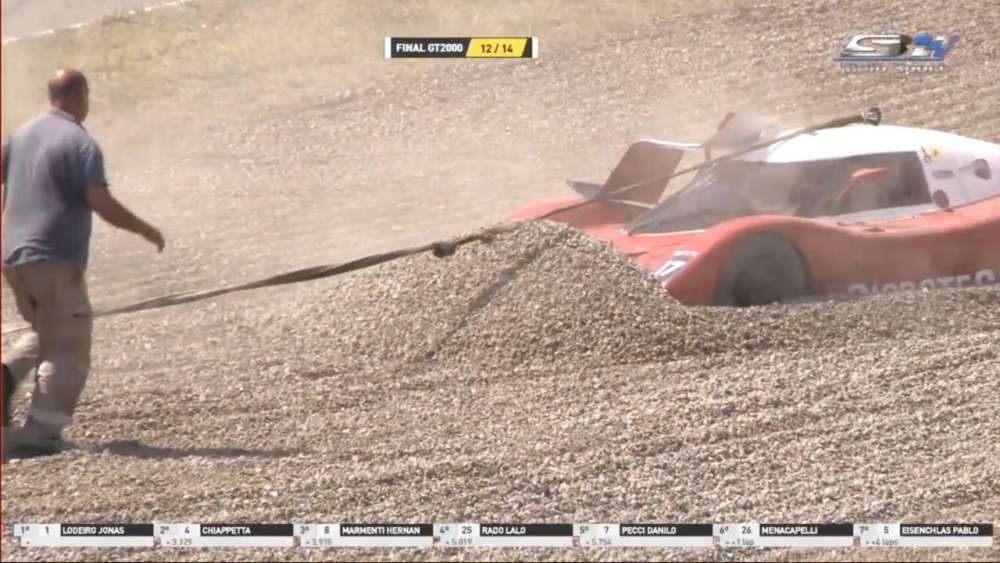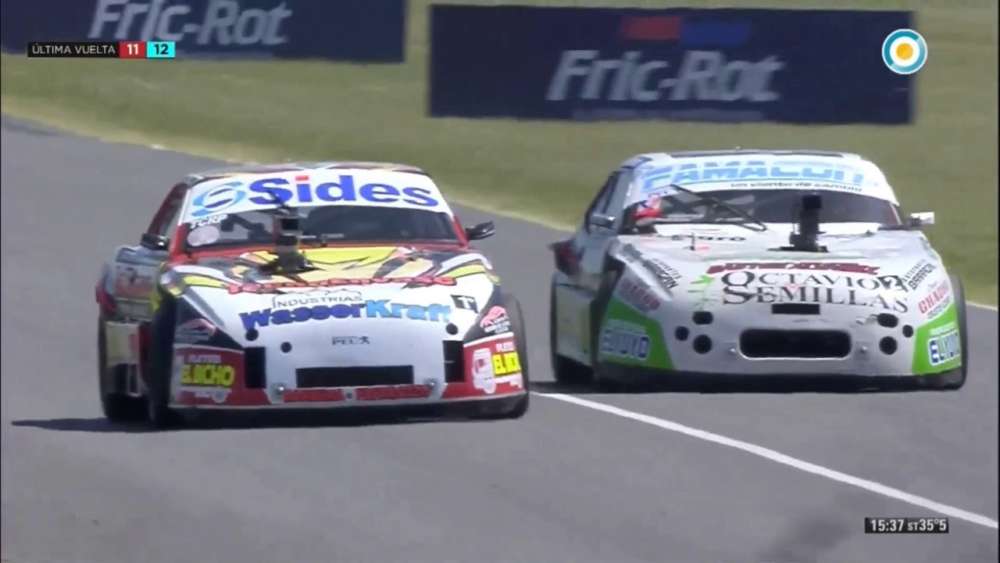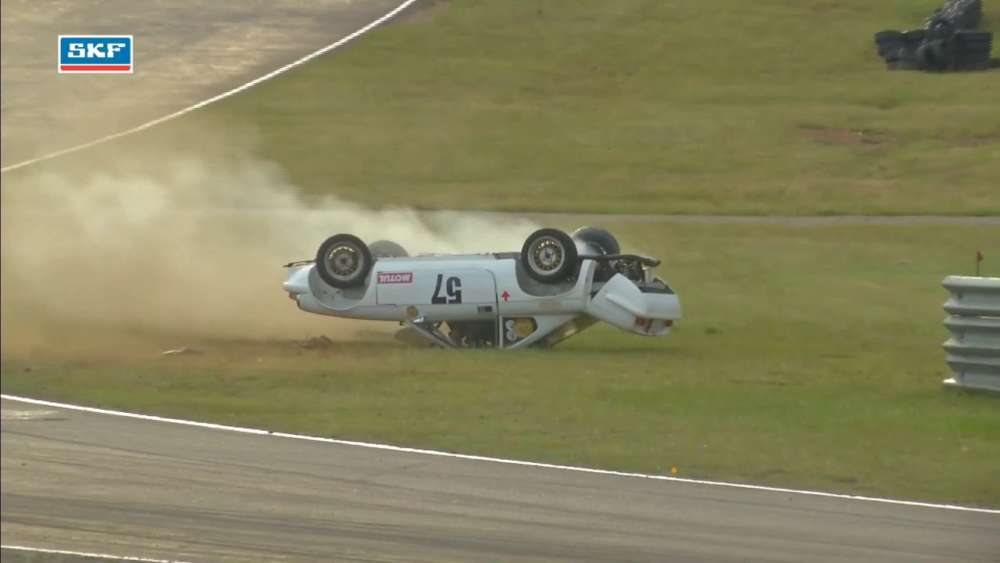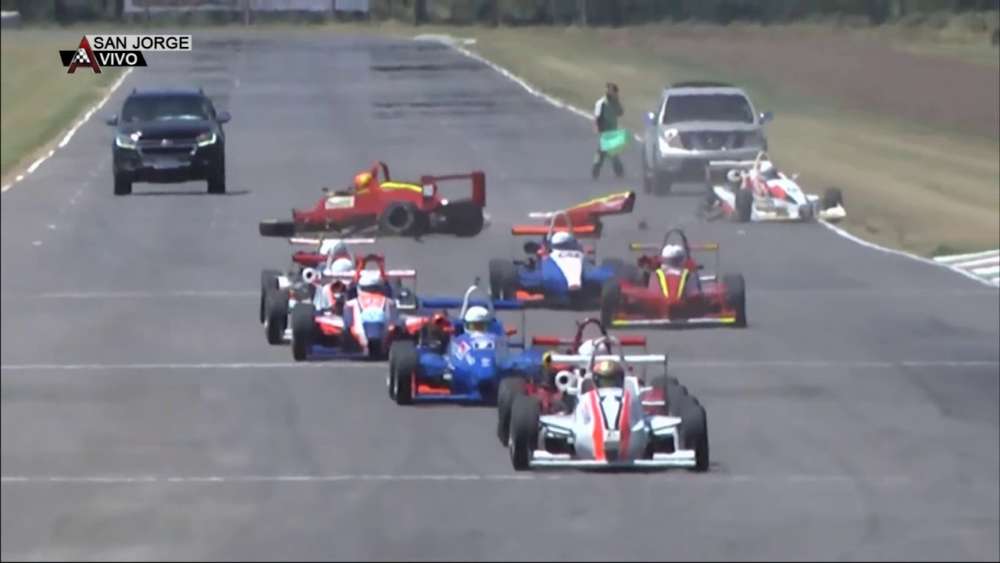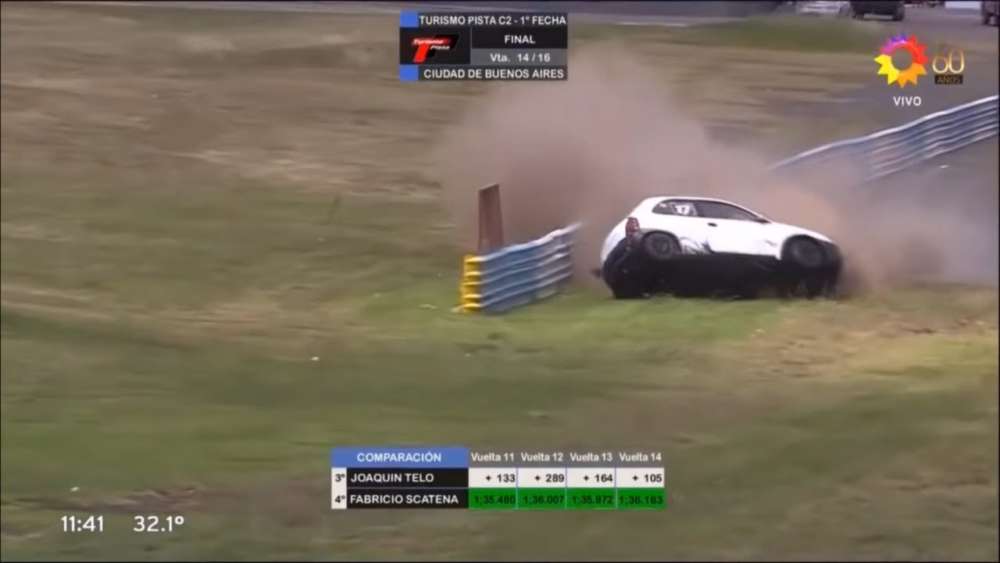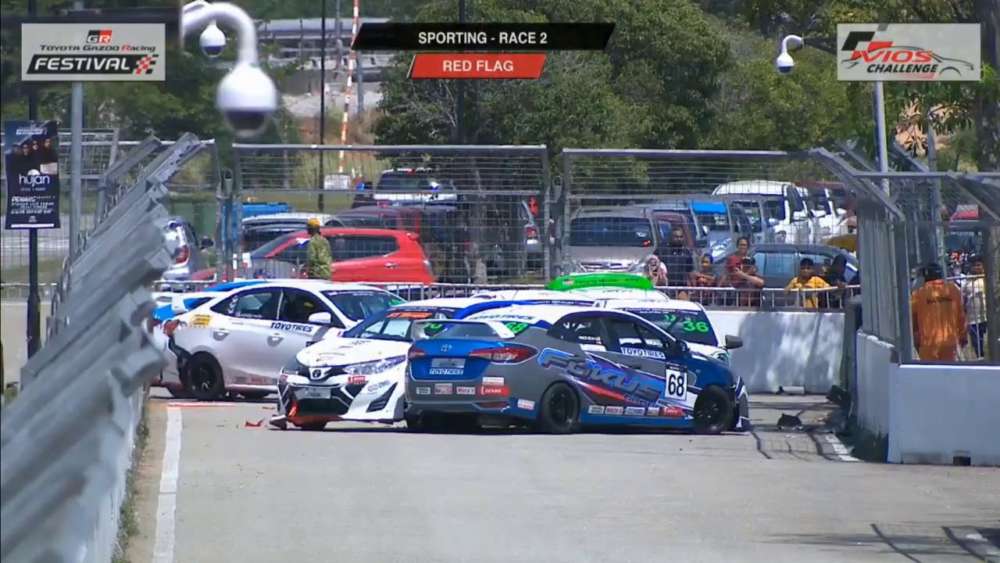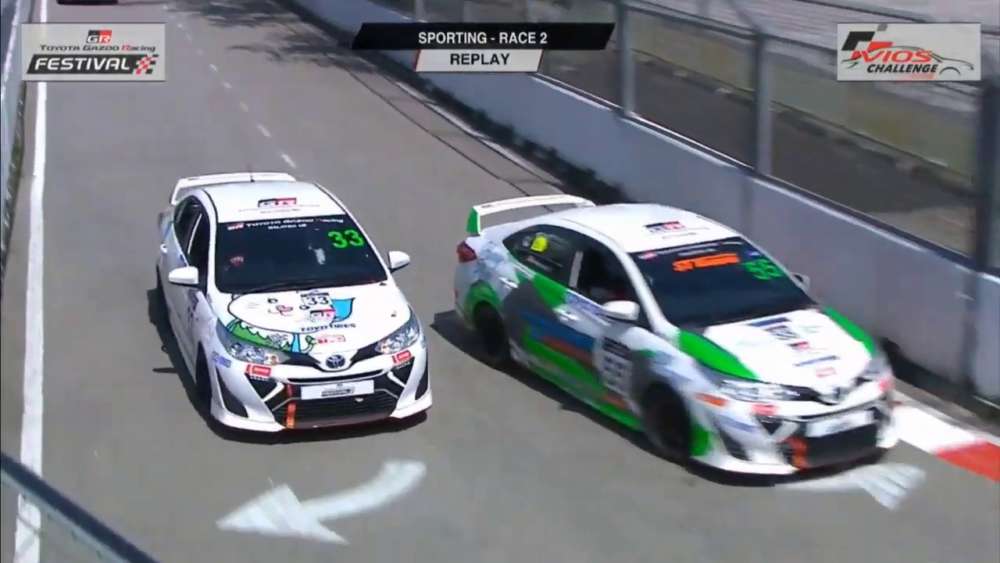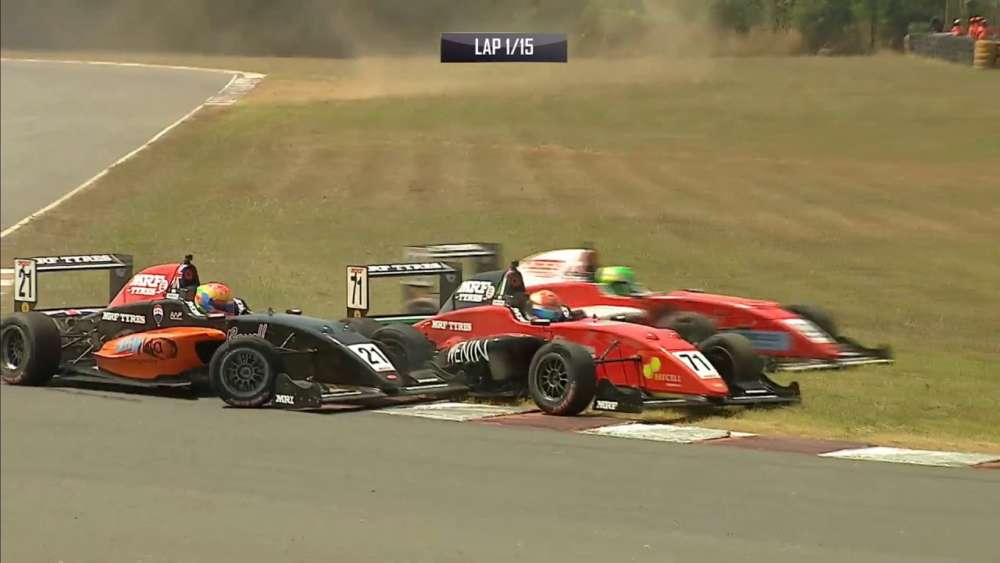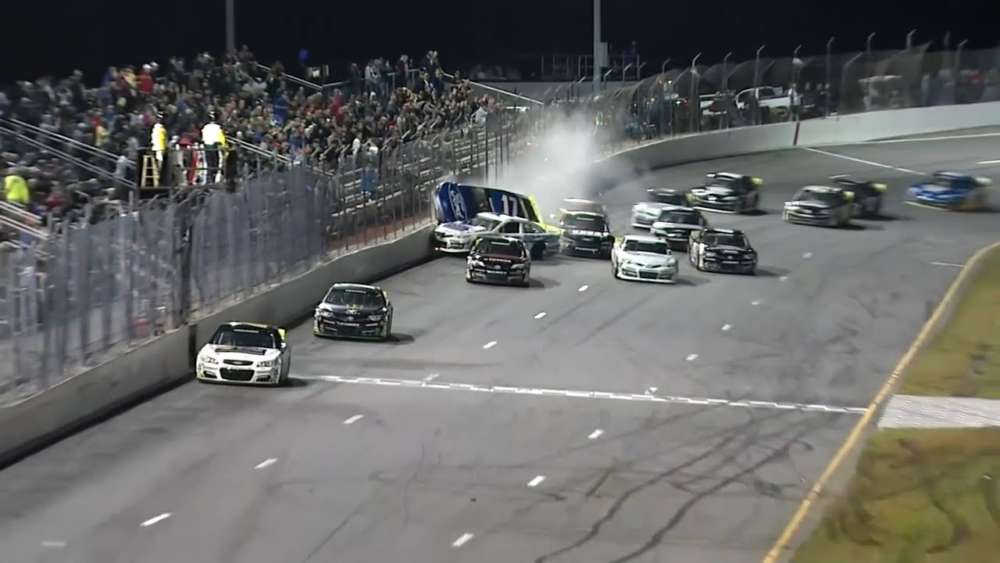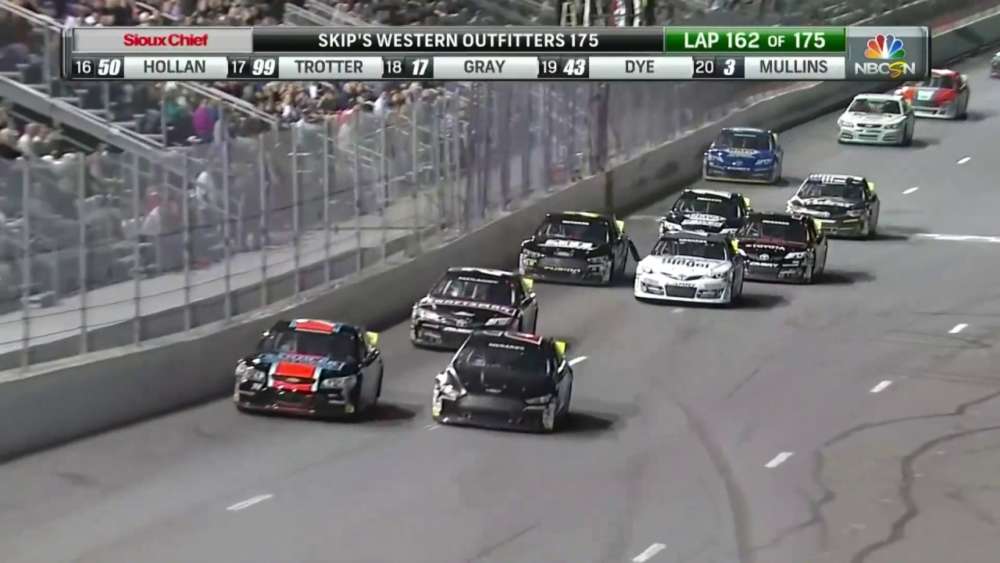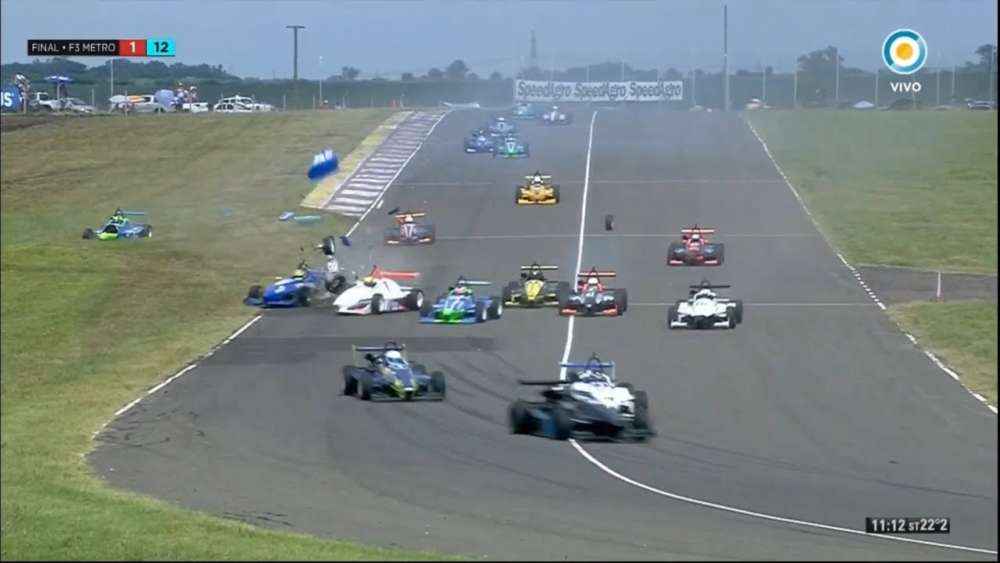Feature: Formula 2 chiefs on a new era
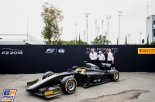
6 September 2017 – Formula 1’s primary support package will look and sound different next year, as Formula 2 leaps into a new era with overhauled machinery, after seven seasons using the same car. GPUpdate.net spoke with the key figures involved in the 2018-20 Formula 2 car to find out more about the next step for the championship.
The FIA has been striving to simplify the path to Formula 1 in recent years, and while there is still the GP3/Formula 3 complication, Formula 2 is now the de facto support series. The growing importance of Formula 2 has been facilitated by Liberty Media’s takeover of Formula 1 and its support packages, with GP2 renamed as Formula 2, and coming under the FIA’s jurisdiction.
The growing presence of Formula 2 in the eyes of Liberty Media was clear at Monza, with the launch taking place in the Formula 1 paddock, with Ross Brawn and Charlie Whiting on hand, along with Formula 2/GP3 CEO Bruno Michel and Pirelli chief Mario Isola, to take the wraps off the new car.
The GP2/11 was the third generation GP2 car, intended for 2011-13, but the financial situation meant it was retained for 2014-16, and then for 2017, as the Formula 2 name returned.
For 2018, the series has undergone a makeover, its architecture more aligned with the current Formula 1 cars, a 3.4-litre V6 turbocharged Mecachrome engine, delivering 620 HP, while the halo head protection device was added at the last minute – once it became clear that it was the FIA’s favoured system – with the part made of titanium, and mirroring the shape and style of the Formula 1 halo.
DRS has been maintained on the Dallara-designed universal car, an upgraded ECU has been added – which features evolution possibilities – though tyre dimensions have been preserved, as opposed to moving to wider rubber, as per F1.

“The philosophy is always the same,” explains Michel to GPUpdate.net, having been involved in the series since its inception, under the GP2 brand, in 2005.
“Every car we design is to try and get a car that is as close as possible to Formula 1 in terms of design and technology, producing fantastic racing, because that’s the DNA of F2 and GP2 and that’s what we continue to do.
“[We want to] be a school for young drivers so that they can progress to Formula 1, and they learn to do exactly like they have to do with F1 with the tyres, with the DRS, etcetera, and with the low cost, and after that make the car exactly like the F1 at the moment, knowing that it’s a three-year car but that F1 changes every year.”
The car has already had its initial shakedown and more testing will take place across the remainder of 2017, initially focused on reliability, then performance, before the first deliveries are made to teams early in 2018. The private testing will take place with a driver not involved in the series, and without any team present – to avoid anyone gaining a competitive advantage – allowing both the series and tyre supplier Pirelli to understand the right direction to take in terms of degradation levels.

“Now we are starting the new test campaign,” explains Isola.
“Obviously there is the influence of the turbo engine on the tyres, so we have to evaluate this effect.
“We will assess the choice, and select the new compounds at the end of the test campaign, and we will test many different prototype to decide what is the best approach, as there’s also the matter of delta times between compounds and so on.
“Pirelli wants to be part of development as we believe the driver is the centre of action; we want heroes, drivers fighting on track. If you are a fan, you want to see drivers, they are the heroes, not us, not the car, and Formula 2 is a very good platform as you have the same car for everybody.”
The format used – a Feature Race, followed by the top eight reversed-grid Sprint Race – is set to be retained, with some “adjustments” possible, while the championship will continue to support Formula 1 at European events and a couple of flyaways. 11 or 12 rounds are planned for 2018, with the return of France and Germany facilitating the task. All 10 teams have signed up, though GPUpdate.net understands one is at risk of not making it into 2018, while a couple have expressed interest, believed to be teams currently competing at Formula 3/GP3 level.
“I don’t want to have too many teams compared to the drivers that can come in good conditions, so we need to be careful,” comments Michel on participation figures.
“We’ve been 26 in the past, we’re 20 now, we might be 22 next year, but we’ll not go back to 26 for the moment because the market is still too fragile.

Of the current 20 regular participants, the standout has been Ferrari-backed Charles Leclerc, who is poised to be the first champion of the current Formula 2 series, and last in the GP2/11. Leclerc was present at the launch, eagerly snapping away on his phone camera, inspecting the new engine, and taking a keen look at the car, albeit one he hopes never to drive, as he edges closer to a Sauber Formula 1 seat.
“I really like it! I’m not a huge fan of the halo, it is how it is, but apart from that the car looks amazing,” he explains to GPUpdate.net while casting his eye over the new machine.
“The steering wheel is a big change as there’s a lot more things to do, and I think this will prepare the drivers better to Formula 1, as in Formula 1 there’s a lot of settings on the wheel, and on the [current] Formula 2 car there’s not much to do.
“This will be a big step forward, and the aero looks a little bit more similar to the modern car, so this also should be very good to race!”

Liberty’s Formula 2 involvement has been eye-catching, with Michel describing the collaboration with Brawn, Chase Carey and Sean Bratches as “encouraging”, as the parties strive to create a defined path to Formula 1, with the new Formula 2 car the crucial, final component on the ladder.
“I would always watch the GP2, now Formula 2 racing when I was at a Grand Prix,” explains Brawn.
“You’re part of the community, especially now we’ve opened the paddock much more to Formula 2 and GP3 competitors, so they’re much more part of the community in Formula 1.
“We do notice who’s doing well, so the names mean something to us when we’re in discussions, and it means something to the fans.
“Our ambition is to have the fans following young drivers through GP3, maybe Formula 3 in the future, then Formula 2 and Formula 1, to recognise them and engage with them.
“It’s a very important thing technically, important thing commercially, to join these championships together.”
If the F2 2018 can create racing as good as with the GP2/11 – and lead to a grid full of the best young talent in motorsport – then the secondary wrung on the ladder will be in a very healthy position.

Source :http://feeds.gpupdate.net
